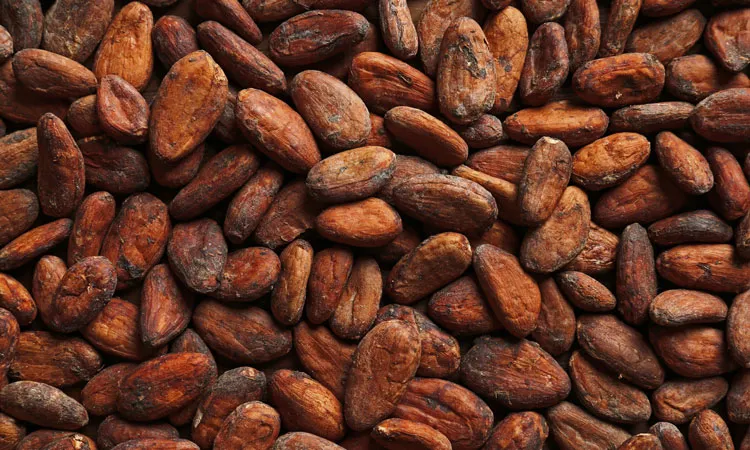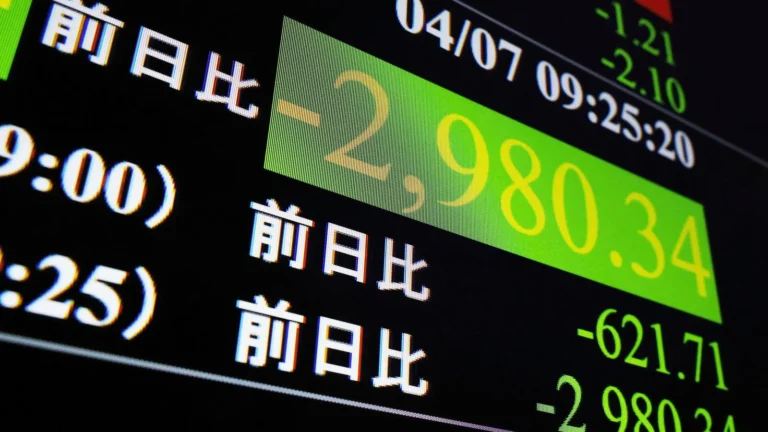Cocoa Prices Drop to 4-Month Low as ICE Stocks Surge and Weather Outlooks Improve

Cocoa futures on the ICE exchange tumbled to a four-month low on Friday, signaling a tough week for the commodity amid growing stockpiles and favorable weather forecasts in key producing regions.
At 1259 GMT, London cocoa fell by 3.6%, dropping to £6,110 per metric ton, as traders reacted to a substantial increase in ICE-certified stocks and a more optimistic outlook for weather conditions in West Africa, a major cocoa-producing region.
Rising ICE Stocks Drive Cocoa Prices Lower
The sharp decline comes ahead of the expiry of the front month cocoa contract, which has led to increased market volatility. Dealers noted that ICE-certified cocoa stocks surged to their highest levels since early January, putting downward pressure on prices. According to reports from Reuters, this influx of cocoa into storage facilities adds to concerns about oversupply, contributing to the week’s overall losses.
Benign Weather Forecasts for West Africa Impact Cocoa Market
Weather forecasts for key cocoa-growing countries like Ivory Coast, Ghana, and southern Nigeria also played a role in the price dip. Forecasts indicate a period of favorable weather conditions, with light to moderate rains expected over the next ten days. These conditions suggest that cocoa production will continue at healthy levels, which could further weigh on prices as the harvest season progresses.
New York Cocoa and Other Commodities See Losses
In New York, cocoa futures dropped by 3.7%, settling at $7,879 per ton. The broader commodities market also showed signs of strain, with Arabica coffee falling by 1.4% to $3.8045 per lb and Robusta coffee down 1.1% to $5,466 per ton, reflecting the challenging market conditions across agricultural commodities.
What’s Next for Cocoa Prices?
As cocoa futures face downward pressure, traders will be closely monitoring upcoming weather reports and global stock levels. With the expiration of the front-month contract and the ongoing accumulation of stocks, the market could experience further volatility. As always, market participants will need to stay informed on weather patterns and global demand for cocoa in order to make educated trading decisions.





